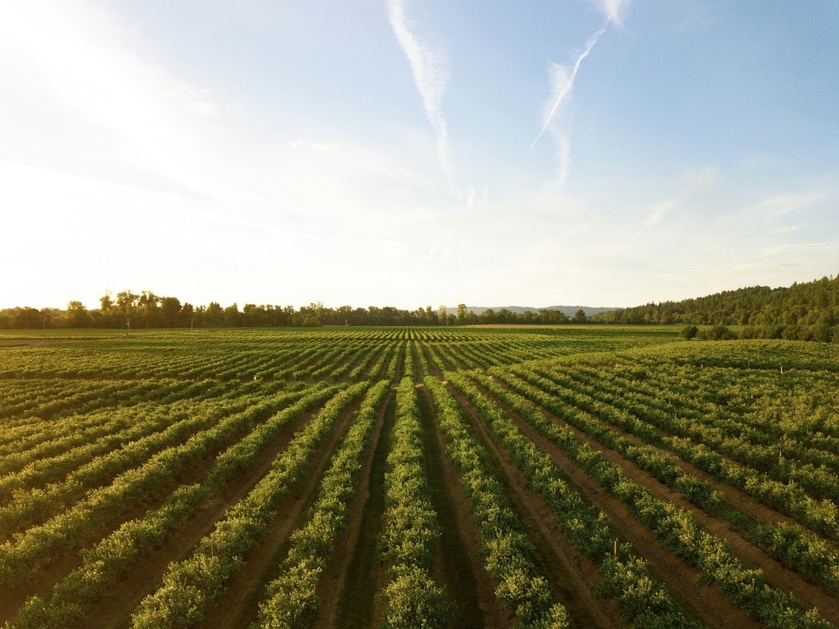
As cattle prices climb to record highs, ranchers across the United States are increasingly turning to technology to manage their operations more efficiently and address growing security concerns. The livestock industry, traditionally reliant on manual labor and routine checks, is entering a new phase—one where remote monitoring and real-time data are becoming essential tools for managing high-value assets.
The economic picture has shifted dramatically in recent years. Market prices for cattle have more than doubled, driven by a combination of reduced herd sizes, strong domestic demand, and tightening global supplies. A cow that once sold for $1,000 might now bring in $3,000. For ranchers, that means the stakes are significantly higher.
“A cow that used to sell for $1,000 is now going for $3,000,” said Andrew Coppin, CEO of Ranchbot, an agricultural technology firm that monitors livestock health. “Ranchers are suddenly sitting on some very valuable assets, and that comes with new pressure. With cattle prices likely to stay high through 2026, it's a real dilemma.”
While the price spike offers the potential for stronger profits, it also introduces new vulnerabilities. Reports of trespassing and livestock theft have increased in several ranching states, prompting concerns about property security. In response, many ranchers are investing in technologies that allow them to monitor their land, water systems, and livestock remotely. What were once seen as optional tools are now viewed as practical necessities.
“At the same time, rising prices bring new risks, like theft and trespassing,” Coppin added. “That’s why we’re seeing a spike in demand for ranch monitoring systems. When one security unit costs about half a cow and just $1 a day to run, it’s a no-brainer investment to protect something that’s tripled in value. The only thing that can truly signal the cost of cattle right now is the consumer, and they’re telling us loud and clear, beef is still in high demand.”
Water management is one of the key areas where remote monitoring is making a difference. In regions prone to drought or where ranches stretch across thousands of acres, physically checking water tanks can be time-consuming and expensive. Remote sensors now allow ranchers to track water levels and detect leaks in real time, reducing the risk of livestock going without water and helping identify infrastructure issues early.
With fuel prices and labor costs rising, these systems are not only improving efficiency but also reducing operational expenses. Instead of spending hours driving to distant water points, ranchers can monitor conditions from a mobile phone or computer, responding quickly only when an issue is detected.
“Time is money, and when you’re managing hundreds or even thousands of head of cattle across rough terrain, you need to know where your attention is needed most,” said Coppin. “It’s not about replacing hands-on work—it’s about being smart with your time and resources.”
As cattle values rise, so too does the financial impact of even small operational disruptions. A leak that drains a water tank or a gate left open can carry far greater consequences than it did just a few years ago. The high cost of livestock is forcing ranchers to think more strategically and defensively about their day-to-day management.
The growing use of technology on ranches reflects a broader transformation taking place in agriculture. Data, automation, and smart infrastructure are increasingly being used to solve long-standing challenges in resource management and labor efficiency.
Still, the shift is not without its barriers. Upfront costs, connectivity limitations in remote areas, and the learning curve associated with new technology remain concerns for many ranchers. Yet as markets continue to reward efficient and secure operations, more producers are starting to see the value of investing in tools that offer both protection and peace of mind.
With beef demand holding strong and prices expected to remain elevated through at least 2026, the push toward digital solutions is likely to continue. For today’s ranchers, technology is becoming less of a luxury and more of a line item in the cost of doing business in a high-value, high-risk market.

















